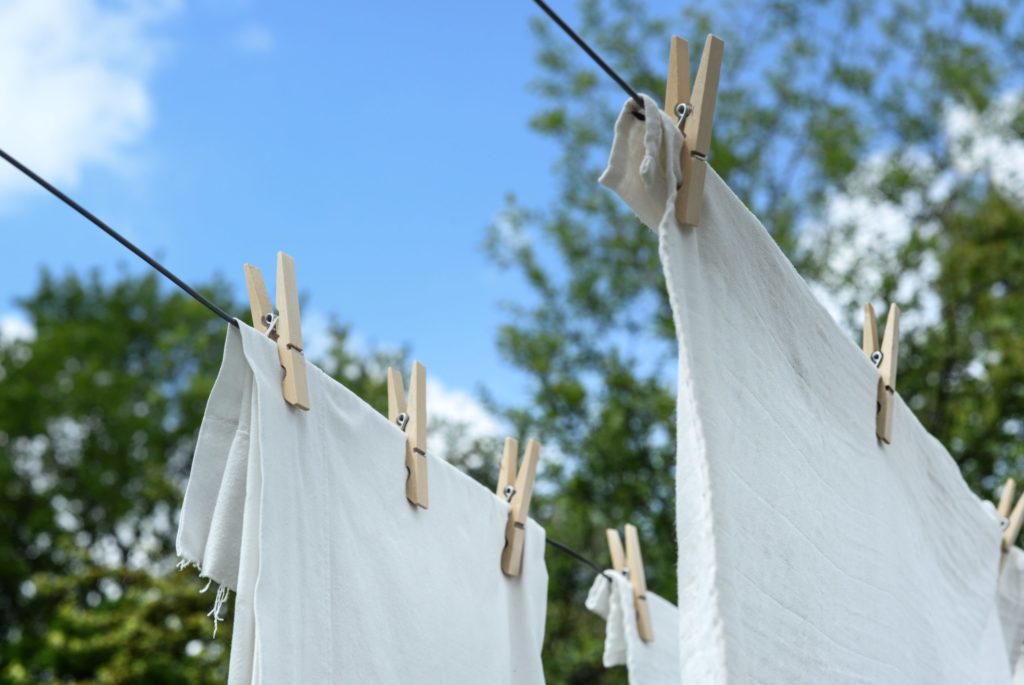Recalling 1950s Brooklyn: Prototypical appliances and weather-soaked clothes

As soon as a machine came on the market that did something for you, my mother bought it. The dishwasher was a prime example, although a head-scratcher since my brother and I, or the housekeeper, did the dishes.
This thing was half again as big as a bourbon barrel or wine cask and the same shape but for having wheels. When rolled out of its corner up to the sink, it pretty much took up the whole kitchen.
There was a big, black rubber hose that attached to the sink faucet. There was another hose that hooked on the edge of the sink. One put water in, the other took it out. This was way before sensors, pre-wash, sanitary rinse. You pretty much had to wash the dishes before the dishwasher did.

Brooklyn Boro
View MoreNew York City’s most populous borough, Brooklyn, is home to nearly 2.6 million residents. If Brooklyn were an independent city it would be the fourth largest city in the United States. While Brooklyn has become the epitome of ‘cool and hip’ in recent years, for those that were born here, raised families here and improved communities over the years, Brooklyn has never been ‘uncool’.